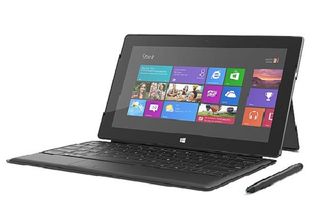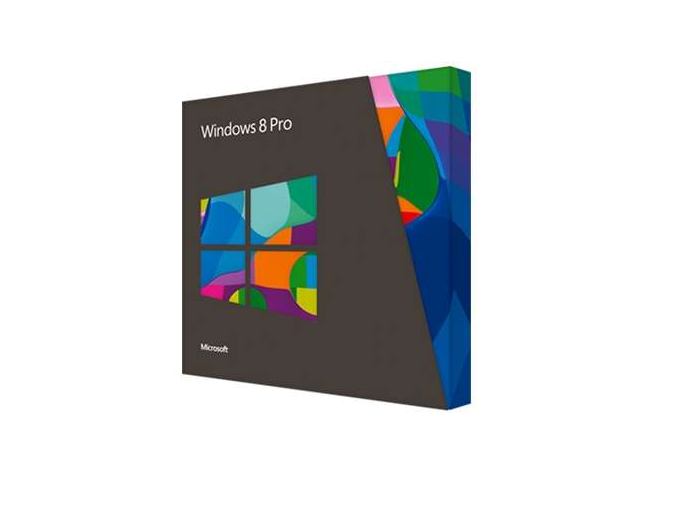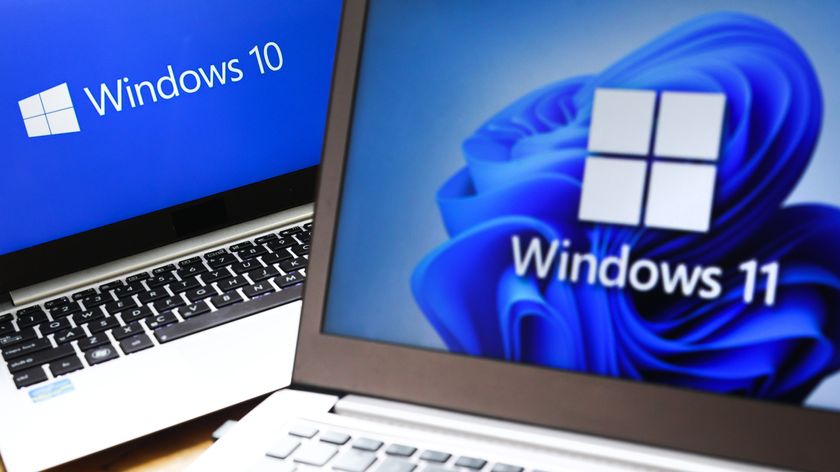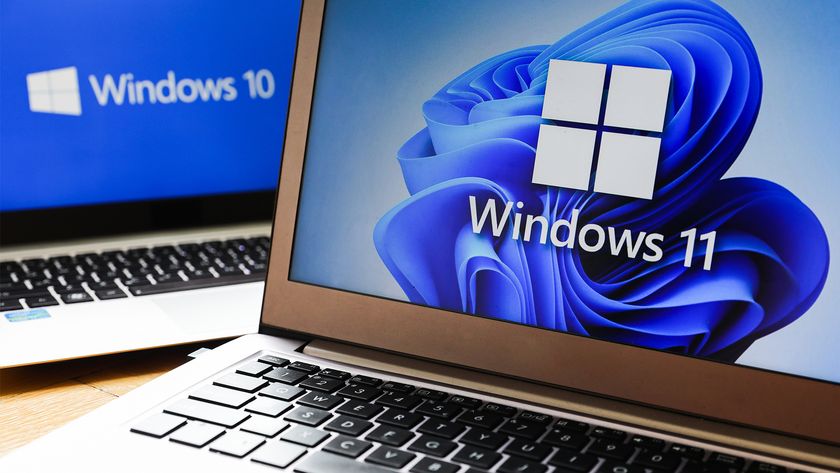Management
Windows 8 also makes some management improvements that will please IT departments. The new Refresh and Reset functions make it easier to clean and restore a system to its default state. The only difference is that the Refresh functions retains the user's settings and Store apps, while Reset purges everything to give a clean and fresh installation. It works quickly and efficiently, and Refresh in particular could be a boon to admins, allowing them to quickly solve issues with startup items or broken applications.

When Microsoft rolled out Windows 8 across its own workforce, it provisioned 75 devices with Windows To Go, which is basically the OS running from a USB stick. Admins created a verified and locked-down Windows 8 image that they could give to employees in any department to instantly give a consistent and recognisable environment from which to connect to the corporate network. It's flexible to a certain extent: although they're not seen at boot, local drives can be mounted and accessed from within the temporary OS, and a Windows To Go drive can also be domain-joined and GPO-administered, so it's a useful support tool for the admin armoury.
Finally, while we're on the subject of Group Policy, admins can now force an update on all systems within a group, and receive a report detailing the execution times of every individual update component.
Metro
We can't complete this review without addressing the elephant on the screen: The Modern UI which consists of Live Tiles. The interface formerly known as Metro makes little sense to desktop users. The large icons, horrible side-scrolling design not to mention the ghastly full-screen apps are incredibly jarring when juxtaposed with the fine detail of the average desktop application, and jumping back and forth between the two becomes annoying pretty much the first time it unexpectedly occurs.
The range of apps remains hit-and-miss, with some that initially seem attractive and well-designed quickly proving frustrating as they send you back to the desktop for even simple account admin tasks. The Skype app is a prime example of looks over function, and it joins a crowd of well-meaning but ultimately frustrating apps. Even the SkyDrive app is essentially the web interface without the useful menus and options on top. Relying on any of the core Microsoft apps means regular jumps into the world of Metro, which won't appeal at all to anyone used to tiling Outlook and browser windows around a large desktop.

Just like its apps, Metro is an interface designed primarily for portable, touchscreen devices, and on a device such as a Surface tablet it works well once you've got used to it. Swipe and tap gestures need learning initially but quickly become second nature, and even the Charms menus so pointlessly irritating on a PC make some kind of sense when summoned with an adjacent edge swipe. They're designed for the thumb, and they work well when used in the intended manner.
But stretching this UI across a larger monitor (or several) makes for an odd out of body experience, with UI elements either blown up to huge sizes or sitting lonely surrounded by wasted space. Yes, with liberal use of shortcuts and taskbar pins Metro is largely ignorable once your PC is up and running, but it shouldn't have to be. The worst part is that Microsoft wants Windows 8 to work across all device types, linked by a single login that connects your apps, your SkyDrive files and your customisation settings. It's purely the new UI intended to give that consistent experience that's putting many a happy Surface and Windows Phone owner off from completing the set.
Business devices
We've seen Windows 8 running on giant touchscreen all-in-one desktops where it makes no practical sense, yet on the right device Windows 8 can be very good. A tablet device such as the Surface is the obvious example, and if you look past the limited Windows RT version and stick with the full-fat Pro model. It's hard not to be tempted by the blend of high-quality, high-performance hardware and an OS designed firmly with touch in mind. Apps feel more logical when they're running in sensible proportions on a 10in screen, and here it's the old-fashioned desktop that feels like the unwelcome outsider.

Manufacturers are also finally beginning to produce business-focused laptops. Lenovo has several convertible designs, but its IdeaPad Yoga does a great job of multitasking as either a laptop or a tablet where necessary, and its ThinkPad X1 Carbon is a superb boardroom ultraportable. And Dell has finally launched a high-end business Ultrabook of its own. The Latitude 6430u comes complete with a military-grade toughened chassis, a lid that folds flat to the desk, and a huge six-cell ExpressCharge battery. We should see more focus on business devices as the initial consumer push winds down, and hopefully manufacturers will get to grips with the needs of Windows 8 when it's paired with different sized screens.
Should you upgrade?
Much of what we've covered here is genuinely good for businesses. Windows 8 offers better security, more flexibility over storage and backups, and superior remote and IT admin features and we haven't even mentioned the excellent file copy dialog or the new Task Manager. Yet it's hard to escape the feeling that much of it belongs in a Windows 7 Service Pack rather than as part of a full operating system upgrade. Like it or not, it's the interface that marks this out as a big new version of Windows, and it's the interface that's behind the industry's reluctance to jump in headfirst.
For a business with an existing fleet of desktop PCs, the childish blocks of Metro offer little immediate user benefit and, in potentially having to retrain confused and irritated staff, a considerable logistical downside. Plus, with many businesses still in the process of finishing their migration to Windows 7 an OS that remains well liked and respected both by employees and by IT staff it's easy to see why take-up has been slow.
Still, it's not all bad news. Where Windows 8 does have considerable appeal is on new and innovative systems, particularly the latest wave of portable devices. There's no doubt it offers a smoother experience on a tablet or a touchscreen laptop, and it should have already piqued the interest of any business with a large number of mobile employees. Its networking tools are excellent and there's some innovative hardware out there to take advantage. As businesses shift their working focus from desktop PCs to more mobile solutions, Windows 8 will surely become more prominent. Alas, as long as its two personalities remain a compulsory part of the OS, that's likely to be an agonisingly slow process for Microsoft.
Verdict
It’s a more efficient and secure OS with some excellent management and storage features, but that frustratingly divided interface makes it hard to recommend for businesses that aren’t heavily reliant on mobile workers.
- Processor: 1 gigahertz (GHz) or faster with support for PAE, NX, and SSE2 (more info)
- RAM: 1 gigabyte (GB) (32-bit) or 2 GB (64-bit)
- Hard disk space: 16 GB (32-bit) or 20 GB (64-bit)
- Graphics card: Microsoft DirectX 9 graphics device with WDDM driver














